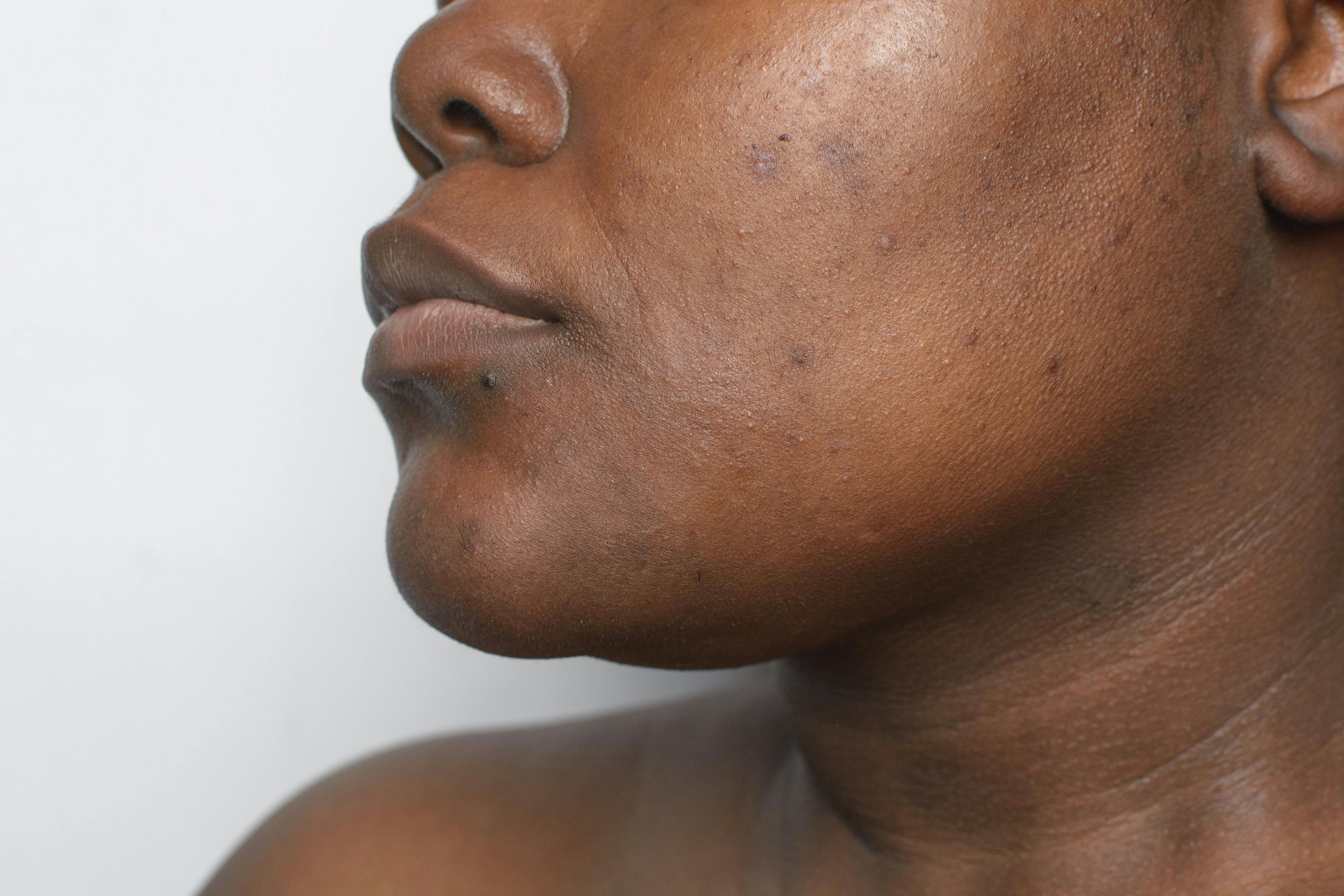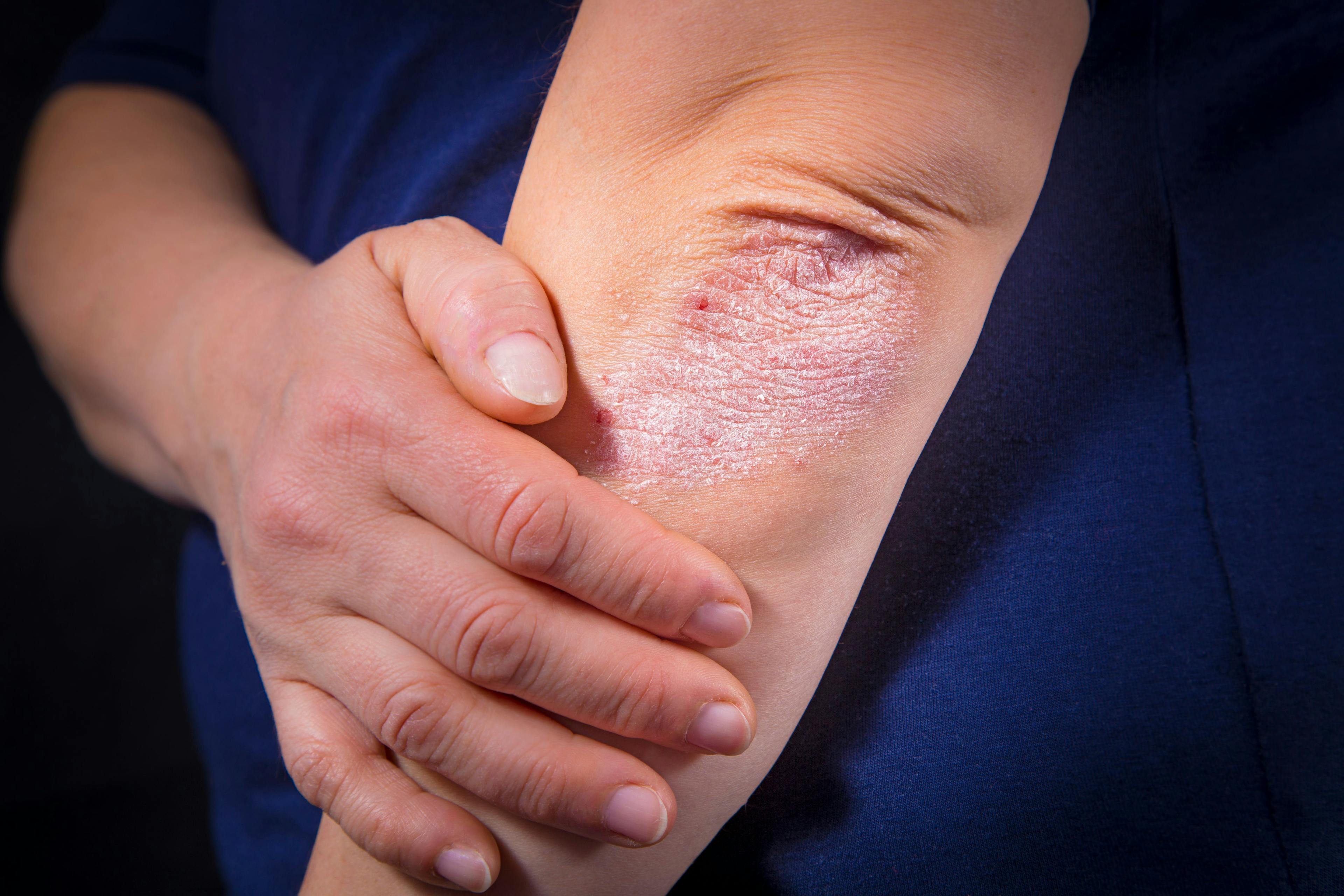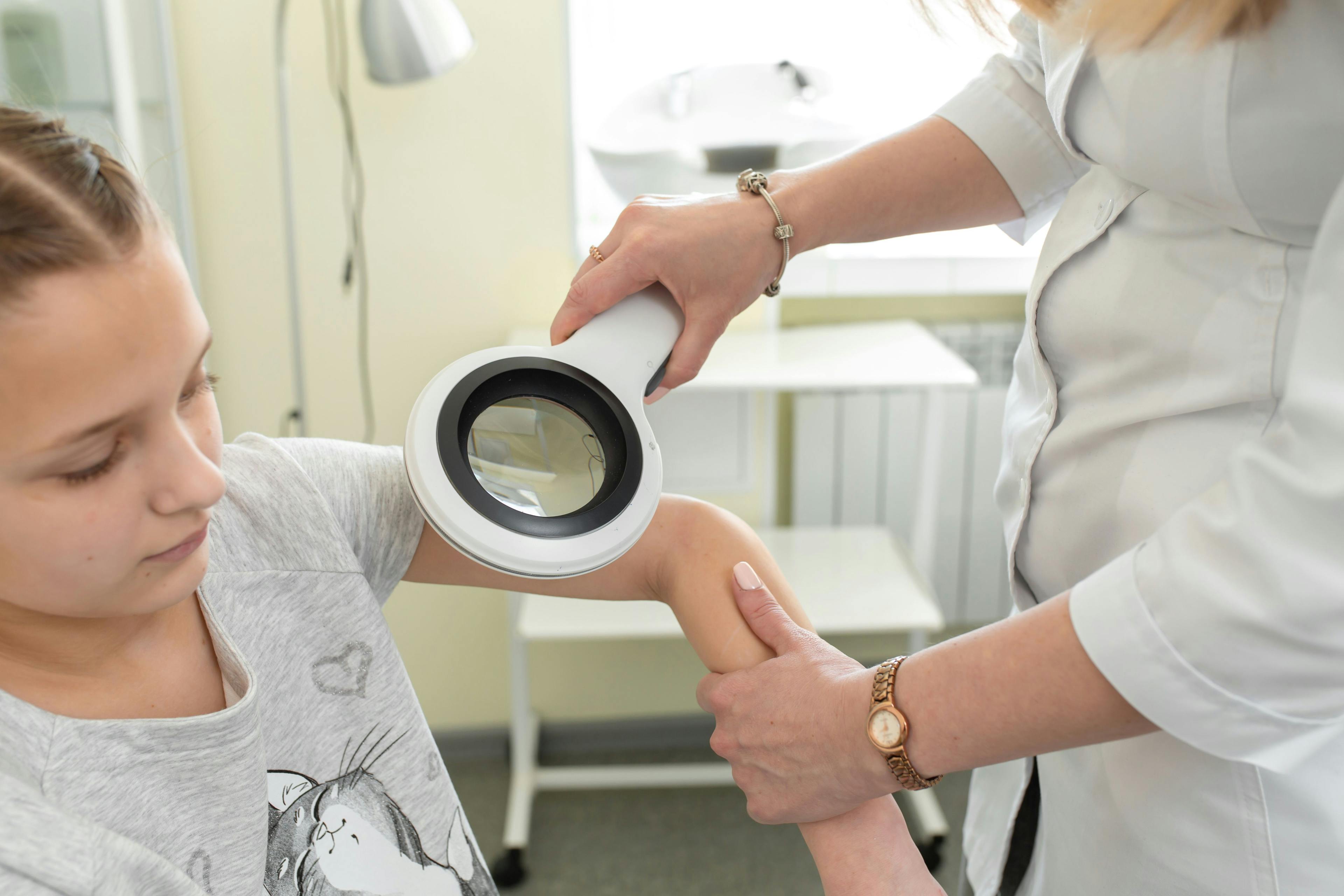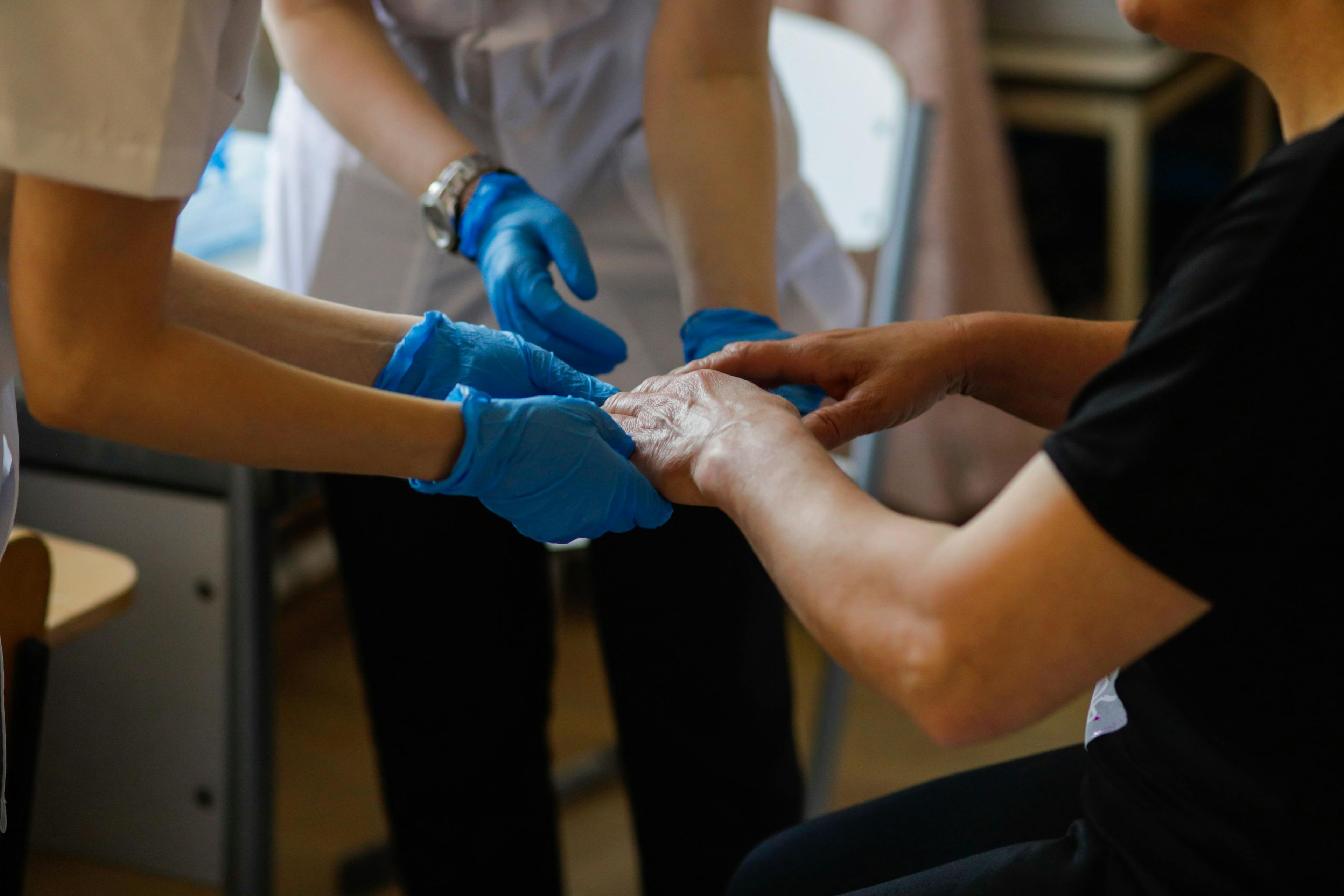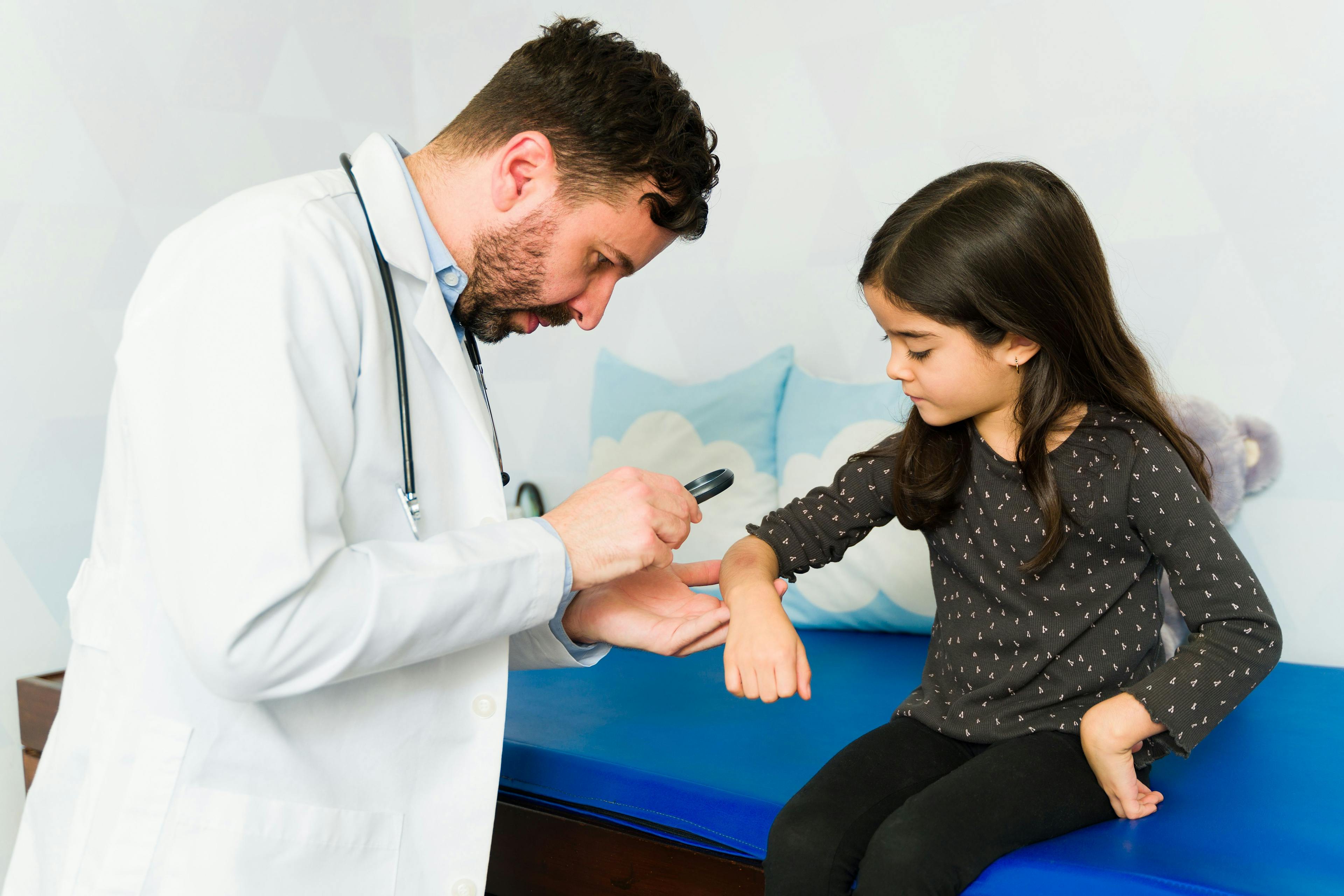- Acne
- Actinic Keratosis
- Aesthetics
- Alopecia
- Atopic Dermatitis
- Buy-and-Bill
- COVID-19
- Case-Based Roundtable
- Chronic Hand Eczema
- Chronic Spontaneous Urticaria
- Drug Watch
- Eczema
- General Dermatology
- Hidradenitis Suppurativa
- Melasma
- NP and PA
- Pediatric Dermatology
- Pigmentary Disorders
- Practice Management
- Precision Medicine and Biologics
- Prurigo Nodularis
- Psoriasis
- Psoriatic Arthritis
- Rare Disease
- Rosacea
- Skin Cancer
- Vitiligo
- Wound Care
News
Article
Dermatology Times
Journal Digest: July 26
Author(s):
This week’s collection of the latest dermatologic studies covers benzoyl peroxide gel with oral doxycycline compared to lymecycline, interactions between the aesthetic device industry and dermatologists, nasal soft tissue pliability, and Merkel cell carcinoma in situ with reticulated infundibulocystic proliferation.

Skin – The Journal of Cutaneous Medicine: A Randomized Controlled Study of Topical Benzoyl Peroxide with Oral Doxycycline Versus Topical Benzoyl Peroxide with Oral Lymecycline in Acne Vulgaris
Ponnurangam et al compared the efficacy of topical 2.5% benzoyl peroxide gel (BPO) with oral doxycycline versus topical 2.5% BPO gel with oral lymecycline for the treatment of acne vulgaris. A group of 100 patients were divided into 2 equal groups. Group A was treated with topical 2.5% BPO gel once daily at night and capsule doxycycline 100mg twice a day. Group B was treated with topical 2.5% BPO gel once daily at night and capsule lymecycline 408mg once a day for 12 weeks. From their findings, the investigators concluded that lymecycline was superior to doxycycline for moderate-to-severe acne.
Journal of Clinical and Aesthetic Dermatology: Trends and Differences in Aesthetic Device Industry Interaction Among Dermatologists at the American Society for Laser Medicine and Surgery Conference
According to Beltrami et al, laser and energy-based cosmetic medical device companies are not required to publicly report their interactions with physicians, resulting in limited data on physician-industry relationships. The study authors characterized dermatology-industry interactions at the American Society for Laser Medicine and Surgery conference, the largest meeting in the field of medical lasers and energy-based devices, to better understand the relationships. From their findings, There was an increase in disclosures for both male and female dermatologists, 22% and 27% respectively, between 2014 and 2018, but males still had the greatest overall number of disclosures.
Journal of Cosmetic Dermatology: ‘It's All in the Pinch’: A Description of a Novel Method for Assessing Nasal Soft Tissue Pliability for Nonsurgical Rhinoplasty WithHyaluronic Acid Filler
As nonsurgical rhinoplasty with injectable hyaluronic acid fillers gains popularity, Harb et al describes a technique for assessing the pliability of the skin in the nose and present a new Nose Pliability Assessment Scale, “which may be a useful method of summarizing skin flexibility and behavior before nonsurgical treatment.” The pinch test is a useful method of assessing the potential space between the soft tissue layers and the periosteum/perichondrium, where the dermal filler gel is injected. The pinch test is applied to the radix, dorsum, and nasal tip and each region is graded separately.
The American Journal of Dermatopathology: Merkel Cell Carcinoma In Situ Arising in Association With an Infundibular Cyst With Unusual Reticulated Infundibulocystic Proliferation
In their study, Peralta et al noted the association of Merkel cell carcinomas (MCC) with other cutaneous neoplasms and more recently, cystic lesions. The study authors reviewed a case of an 80-year-old male with a slow growing nodular lesion on the right buttock that on excision demonstrated MCC in situ (MCCIS) arising within an infundibular cyst with unusual reticulated infundibulocystic proliferation. The MCCIS was closely associated with the infundibulocystic proliferation and demonstrated immunopositivity for CK20, CD56, AE1/AE3, synaptophysin, and Merkel cell polyoma virus. The confinement of the MCC to the epithelium together with the Merkel cell polyoma virus positivity further supports the assumption that viral positive MCC may derive from epithelial linage.
What new studies are most important to you? Share with us by emailing our team at DTEditors@mmhgroup.com.

Newsletter
Like what you’re reading? Subscribe to Dermatology Times for weekly updates on therapies, innovations, and real-world practice tips.









